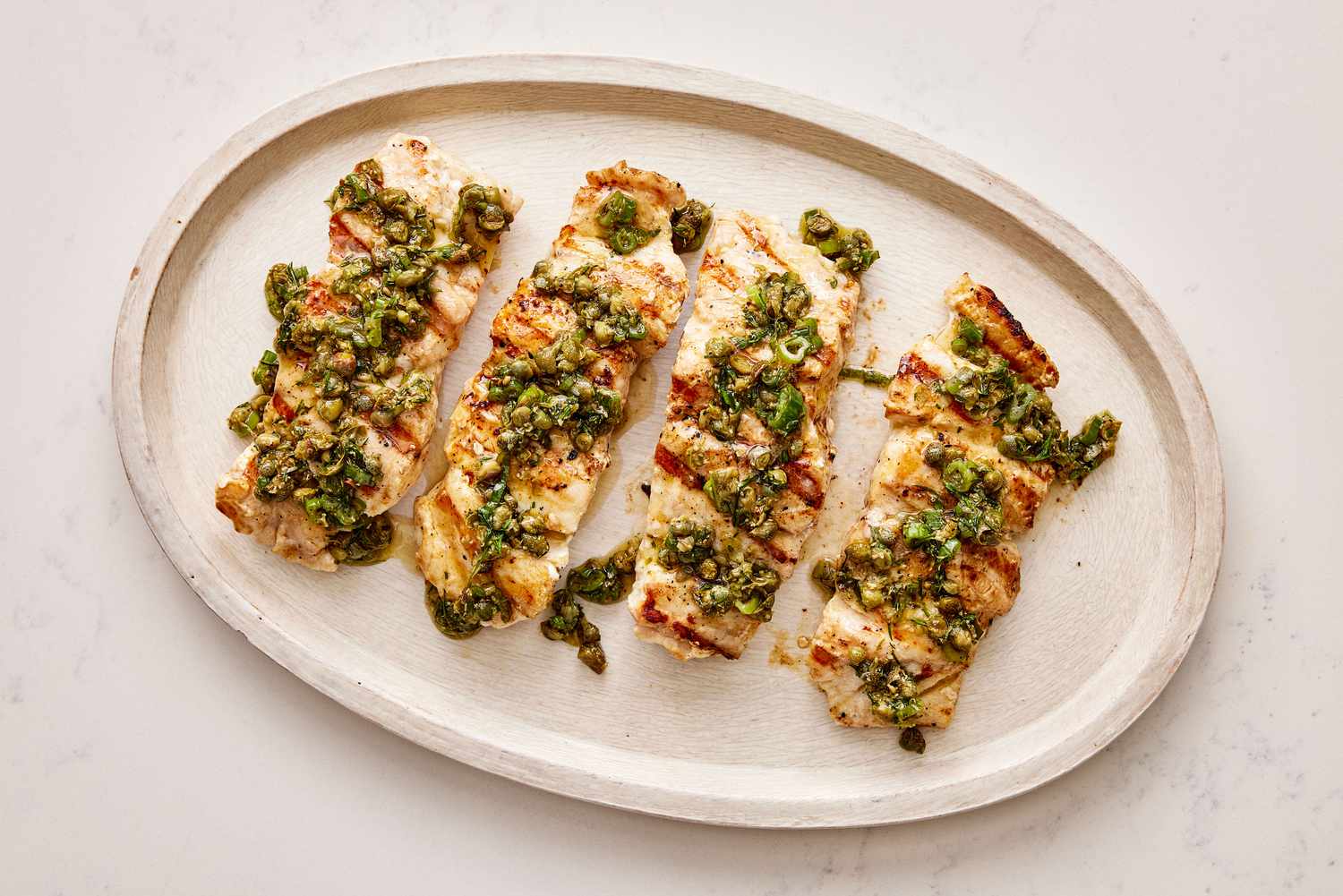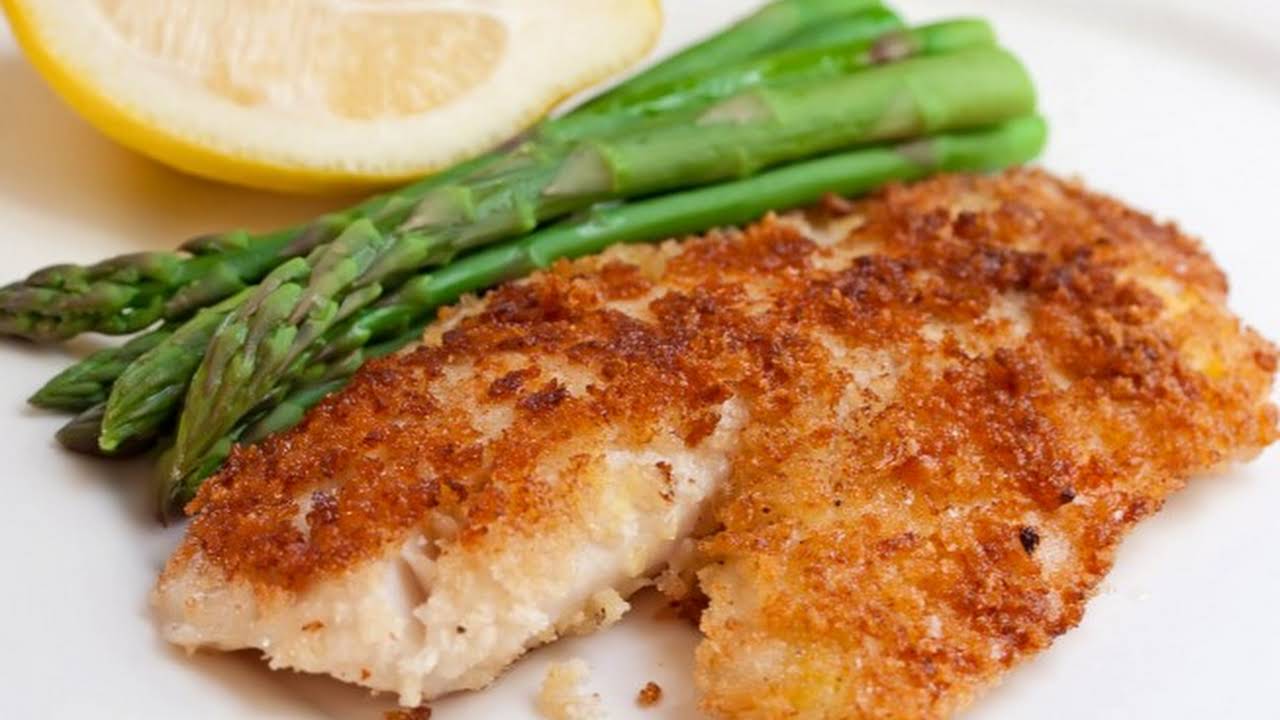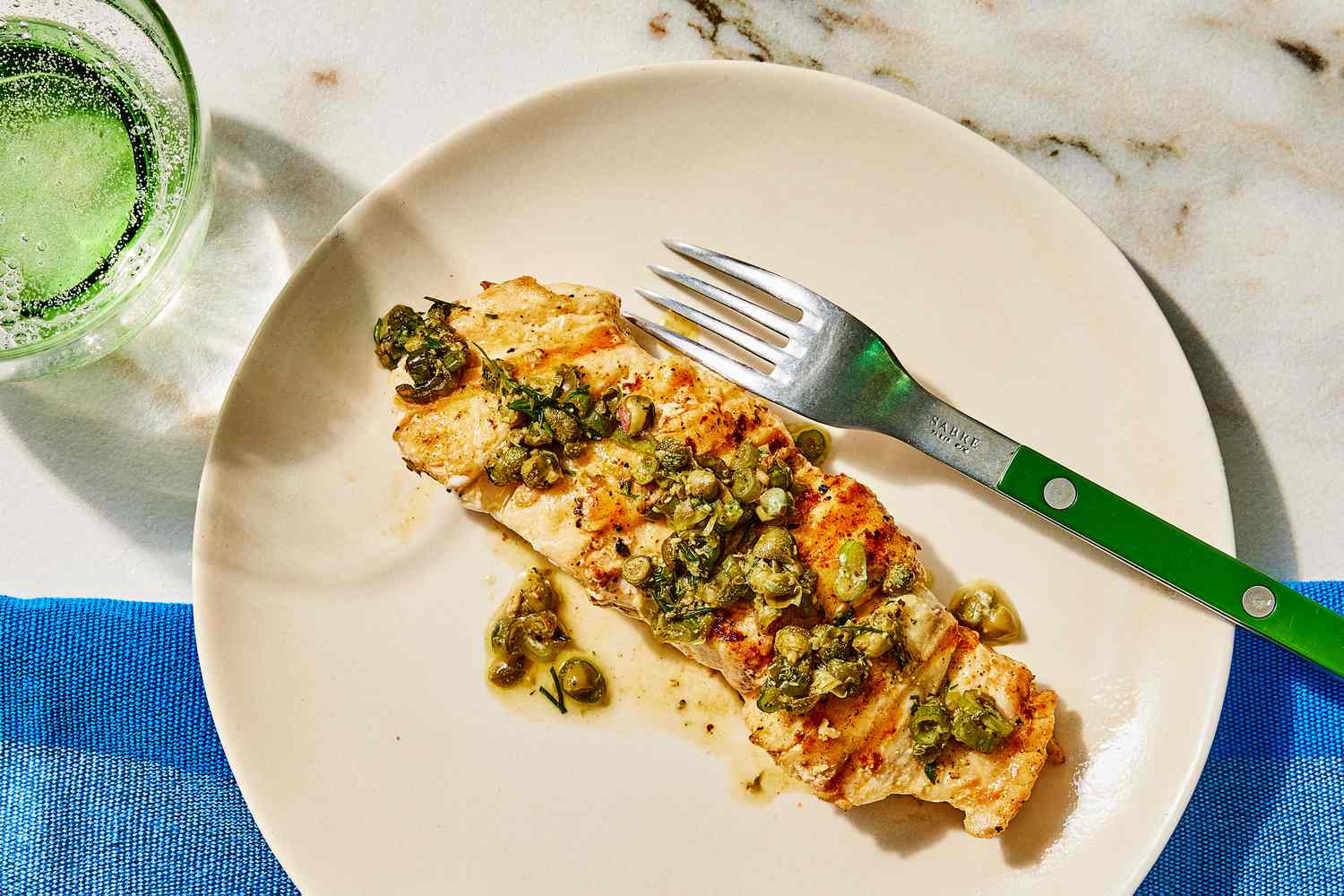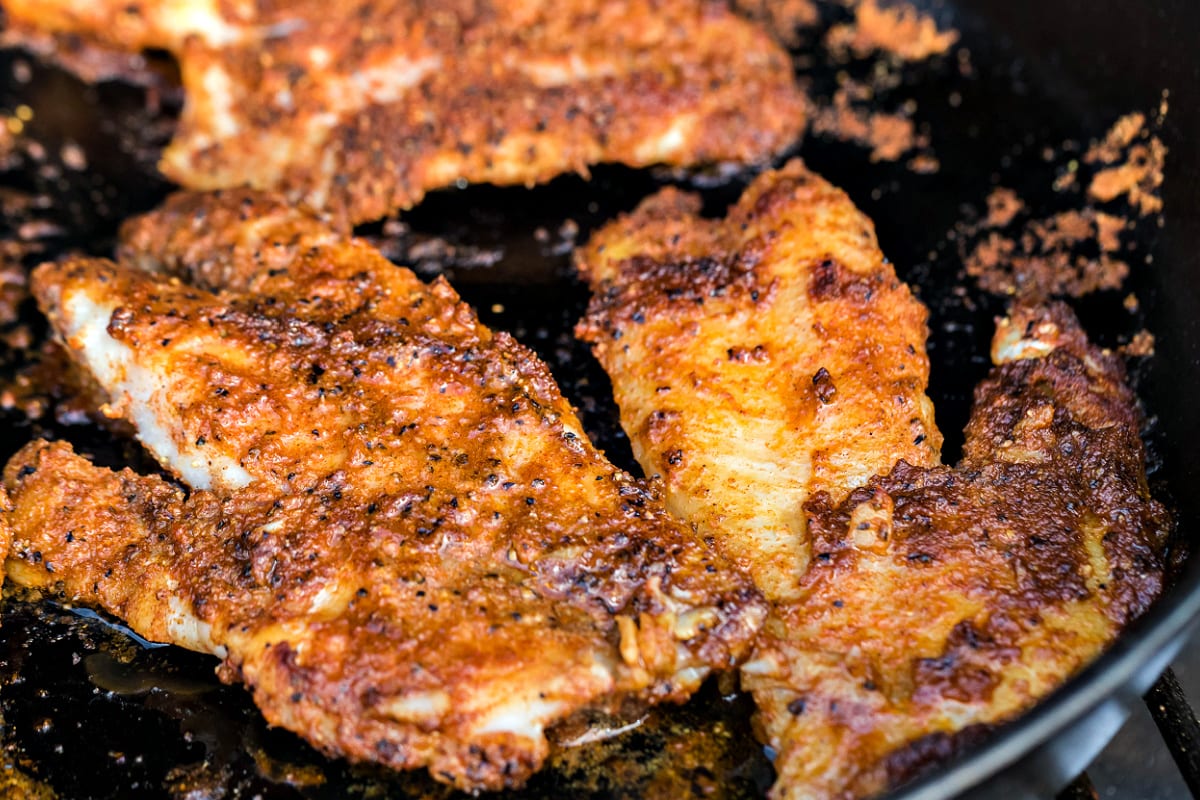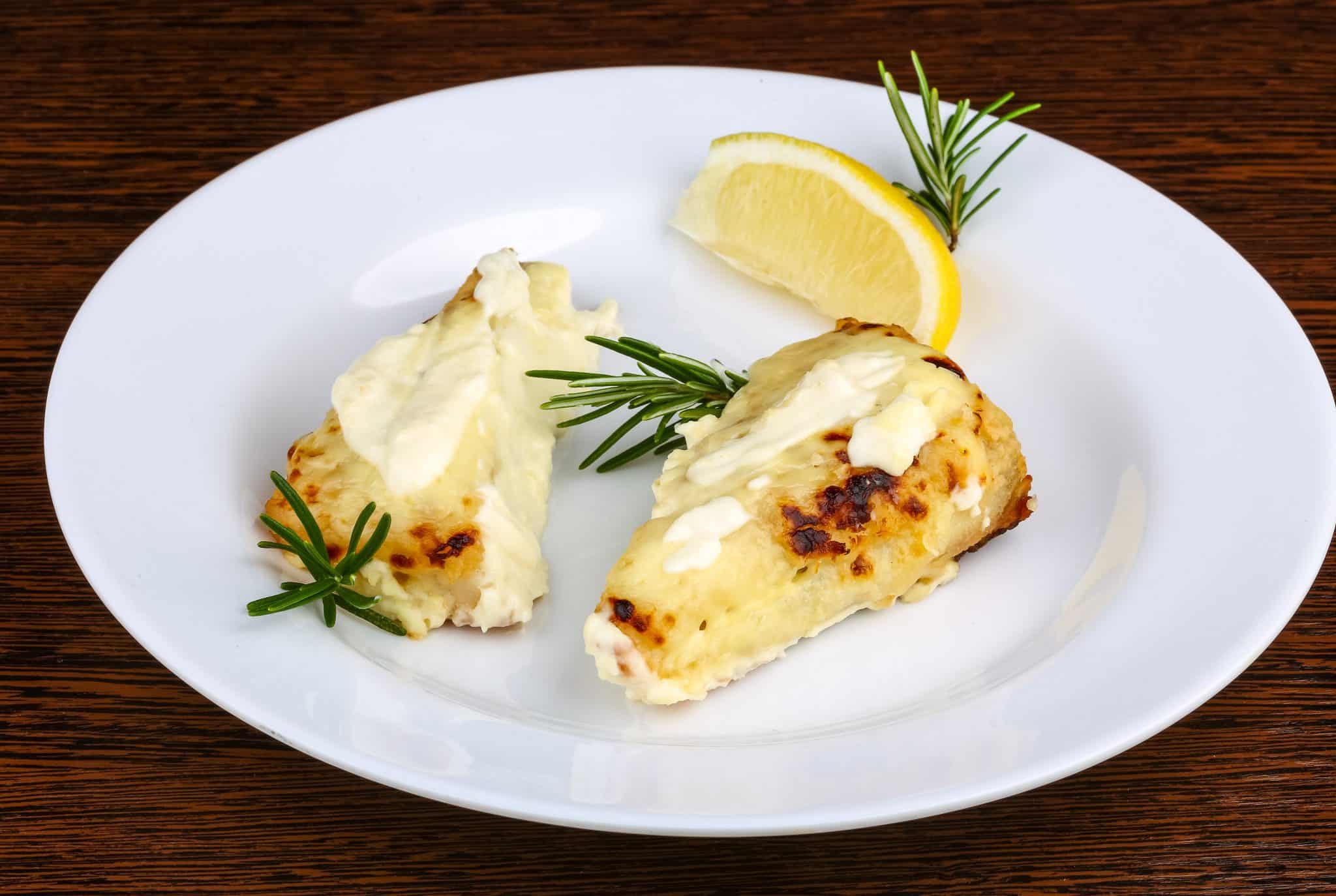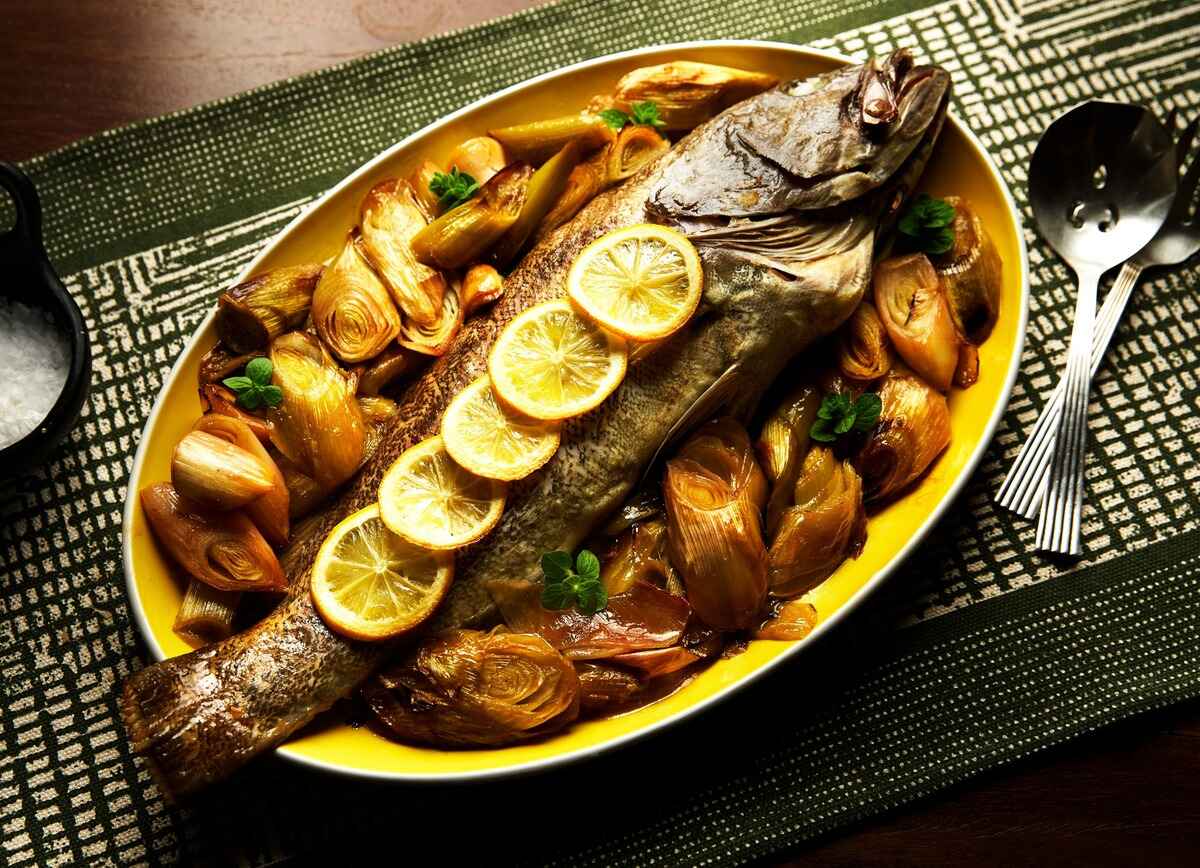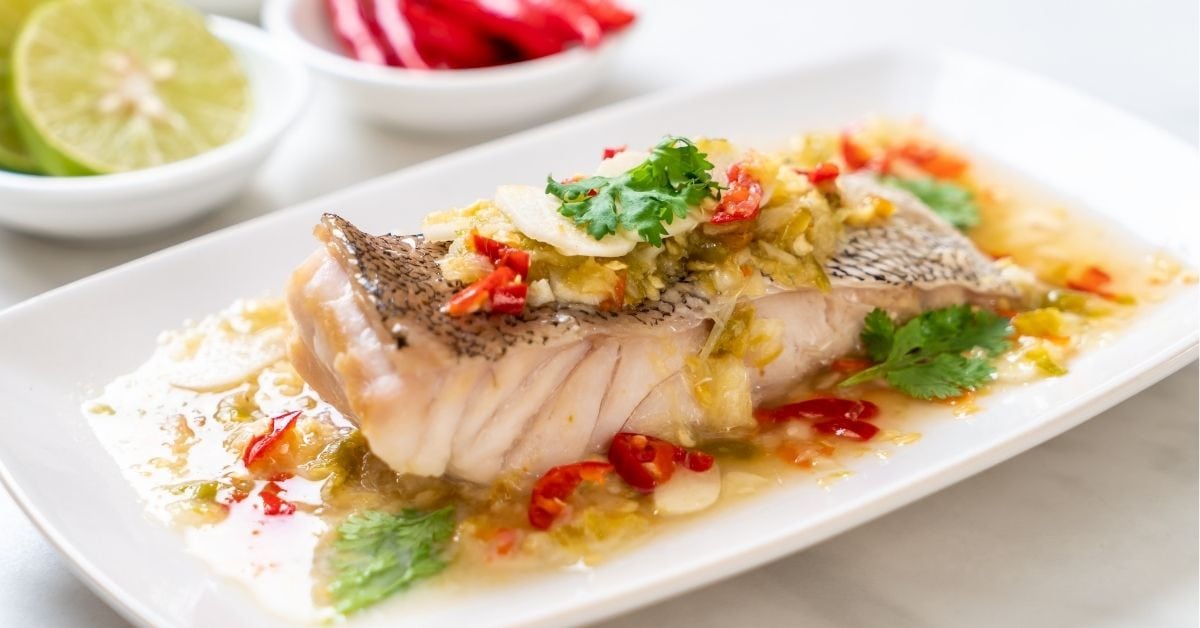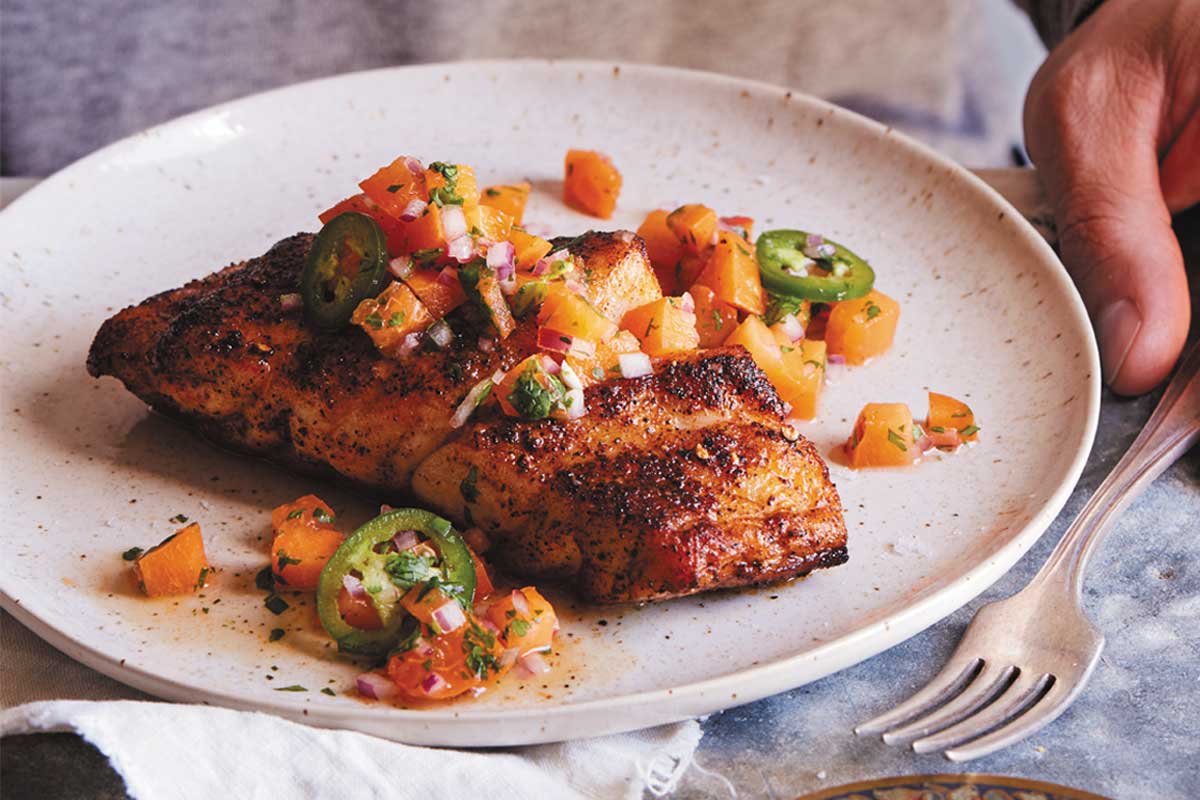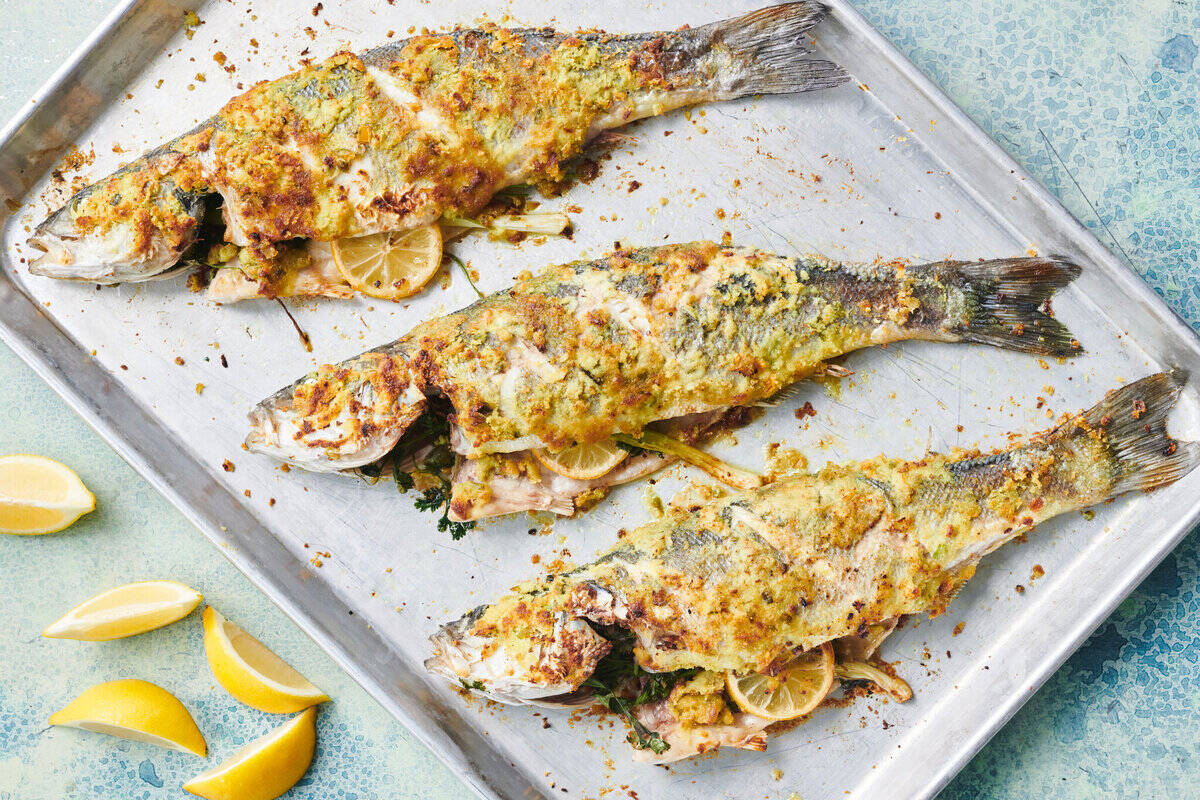Are you ready to learn how to fillet a grouper like a pro? Whether you've just caught a fresh grouper or picked one up at the market, knowing how to fillet it properly is essential for enjoying this delicious fish. Follow these simple steps to master the art of filleting a grouper at home.
Gearing Up
Before you get started, make sure you have the right tools for the job. Here’s what you’ll need:
- Sharp fillet knife
- Cutting board
- Bowl for scraps
- Kitchen shears
Cleaning and Preparing the Grouper
1. Rinse the Grouper: Start by rinsing the grouper under cold water to remove any debris or slime.
-
Remove the Scales: Use a fish scaler or the back of a knife to remove the scales from the grouper. Work from the tail towards the head, using short, firm strokes.
-
Remove the Head and Tail: Use kitchen shears to cut off the head and tail of the grouper.
-
Make a Slit: Lay the grouper on its side and make a deep slit behind the gills, cutting down to the backbone.
Filleting the Grouper
5. Start the Incision: Insert the tip of the fillet knife into the slit you made behind the gills. Run the knife along the backbone towards the tail, keeping the blade close to the bones.
-
Separate the Flesh: Use smooth, steady strokes to separate the flesh from the bones as you work your way down the length of the fish.
-
Lift the Fillet: Once you've cut all the way down to the tail, lift the fillet away from the bones and set it aside.
-
Repeat on the Other Side: Turn the grouper over and repeat the process to fillet the other side.
Removing the Skin
9. Position the Fillet: Place the fillet skin-side down on the cutting board.
-
Make a Small Incision: Starting at the tail end, make a small incision between the flesh and the skin.
-
Hold the Skin: Hold the skin firmly with one hand while using the other hand to guide the knife between the skin and flesh, using a back-and-forth motion to separate them.
-
Trim Away Any Remaining Bones: Once the skin is removed, carefully trim away any small bones or rib bones from the fillet.
Cooking and Enjoying Your Grouper Fillets
Now that you have perfectly filleted grouper, it’s time to cook and enjoy it. Grouper fillets can be grilled, baked, fried, or broiled to perfection. Whether you prefer a simple seasoning or a flavorful marinade, grouper is a versatile fish that pairs well with a variety of flavors.
With these simple steps, you can confidently fillet a grouper at home and savor the fresh, delicious taste of this popular fish. So, the next time you have a grouper on hand, put your filleting skills to the test and enjoy a homemade grouper feast!
